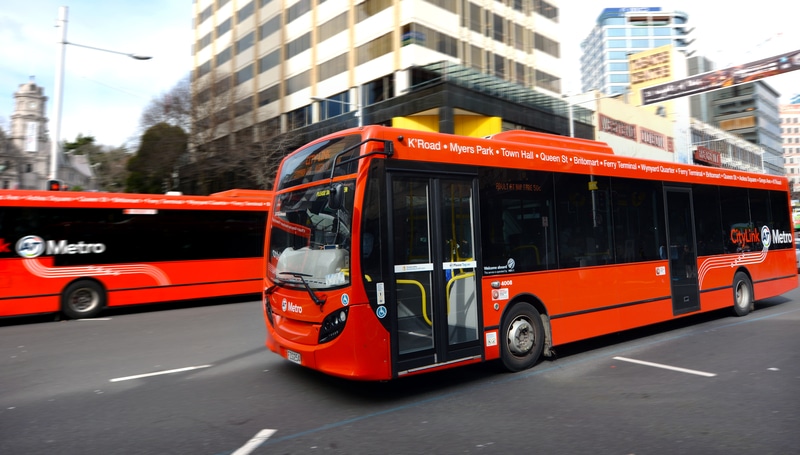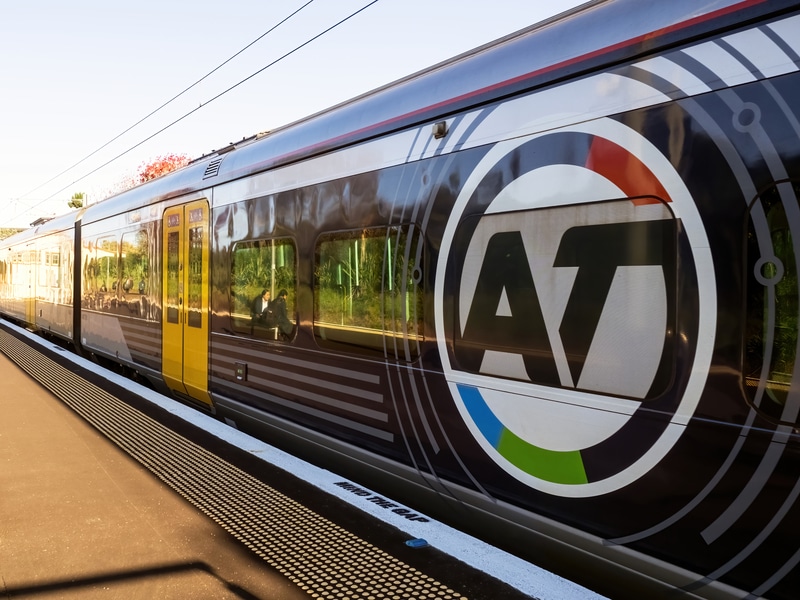
Article Highlights
New Zealand’s Ministry of Transport today announced the country’s planned nationwide rollout of open-loop payments, a system costing an estimated NZ$1.3 billion (US$746.7 million) over 15 years. Officials signed a contract today with U.S.-based Cubic Transportation Systems to implement the project. The system would be one of the first national rollouts of open loop and appears likely to replace regional closed-loop card programs.
The new fare-payments system will cost an estimated NZ$1.3 billion (US$746.7 million) over 15 years.
• Cubic
• Thales
• Snapper Services
• NZ Ministry of Transport
• NZ Transport Agency
New Zealand’s Ministry of Transport today announced the country’s planned nationwide rollout of open-loop payments, a system costing an estimated NZ$1.3 billion (US$746.7 million) over 15 years. Officials signed a contract today with U.S.-based Cubic Transportation Systems to implement the project.




















